Beijing Botanical Garden – Ticket, Opening Hours, Highlights, and Tips
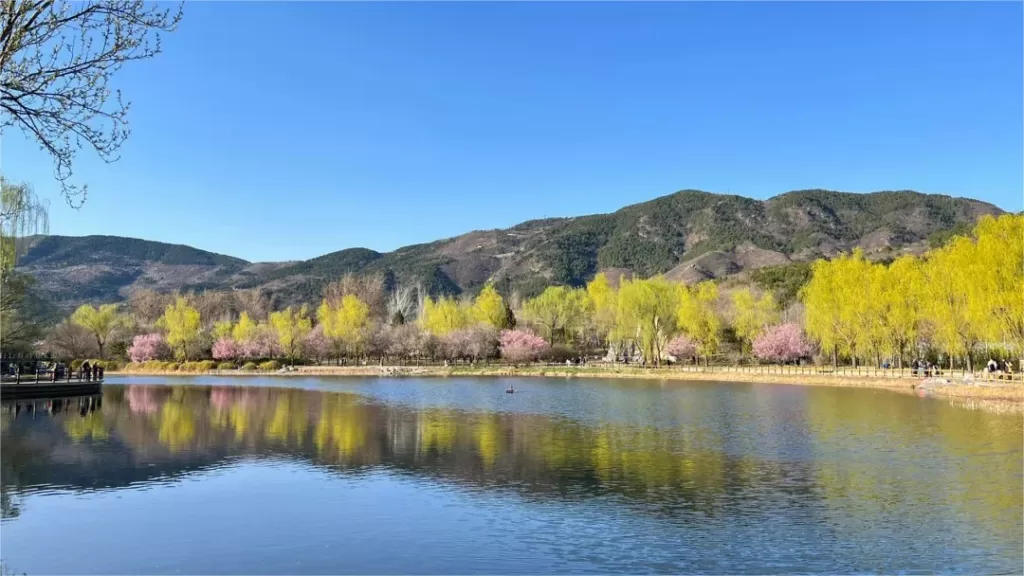

Beijing Botanical Garden (北京植物园) is a beautiful and expansive garden located in the western part of Beijing, China. Spanning over an area of 200 hectares, it is one of the largest botanical gardens in Asia. The garden houses more than 6,000 species of plants from around the world, including rare and endangered species.
The garden is divided into various sections, including the Tropical Conservatory, the Greenhouse Display Area, and the Chinese Garden. The Tropical Conservatory is a popular attraction, featuring a variety of tropical plants and flowers, as well as a large indoor waterfall. The Greenhouse Display Area showcases plants from different climate zones, including deserts, temperate forests, and alpine regions.
The Chinese Garden is a tranquil area that showcases traditional Chinese architecture and design. It features rock formations, ponds, and bridges, and is home to a wide variety of Chinese plants and flowers. The garden also hosts several cultural events throughout the year, including a Cherry Blossom Festival in spring and a Chrysanthemum Festival in autumn.
Table of Contents
- Basic Information
- Location and Transportation
- HIghlights of Beijing Botanical Garden
- Vlog about Beijing Botanical Garden
- Useful Tips Summarized from Reviews
- Other Parks in Beijing
Basic Information
| Estimated Length of Tour | 3 – 4 hours |
| Ticket Price | North Garden: 5 RMB Wofo Temple: 5 RMB Green House: 50 RMB North Garden + South Garden: 10 RMB North Garden + Green House + Wofo Temple: 50 RMB |
| Opening Hours | 6.00 – 21.00; Last Admission: 20.00 (16th March – 15th November) 6.30 – 19,00; Last Admission: 18.00 (16th November – 15th March) |
| Telephone Number | 0086-010-62836180 0086-010-82598771 |
Location and Transportation
Beijing Botanical Garden is located at the foot of the famous Fragrant Hills (Xiangshan) and is surrounded by lush greenery and natural beauty. The exact address is No. 1, Xiangshan Road, Xiangshan, Haidian District, Beijing. It is easily accessible by public transportation, with several bus stops and a subway station nearby.
Bus: Take bus 318, 360, 505, 563, 698, or 932, get off at National Botanical Garden stop (国家植物园), and you will be standing at the ticket office.
Subway: Take West Suburb Subway Line and get off at Naitonal Botanical Garden station (国家植物园) to reach the entrance.
HIghlights of Beijing Botanical Garden
Tropical Conservatory
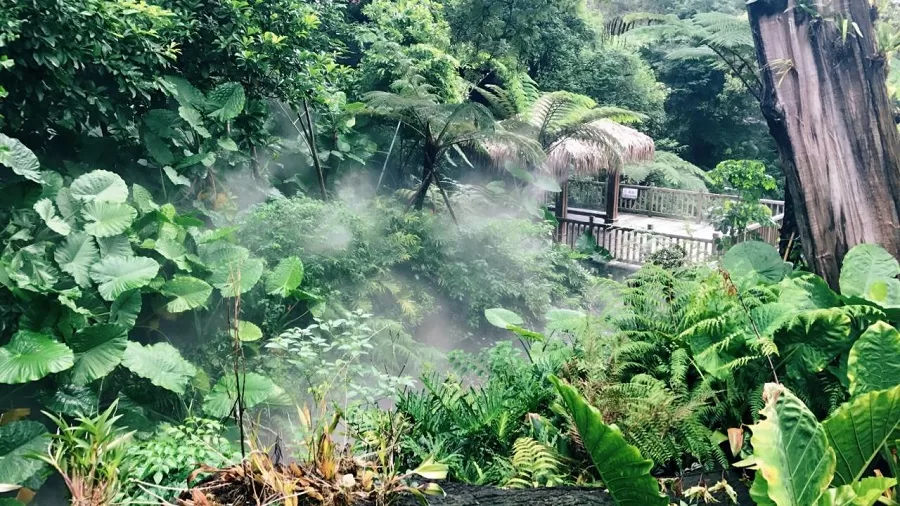
The Tropical Conservatory is one of the main attractions at Beijing Botanical Garden, showcasing a wide range of tropical plants from all over the world. The conservatory is a massive glass dome, with a height of 35 meters and an area of over 10,000 square meters. Visitors can explore various themed areas, including the Rainforest, Desert, and Aquatic Zones, where they can see rare and exotic plant species, such as orchids, bromeliads, and ferns. The conservatory also features a large indoor waterfall, creating a soothing atmosphere and enhancing the beauty of the plants.
Peony Garden
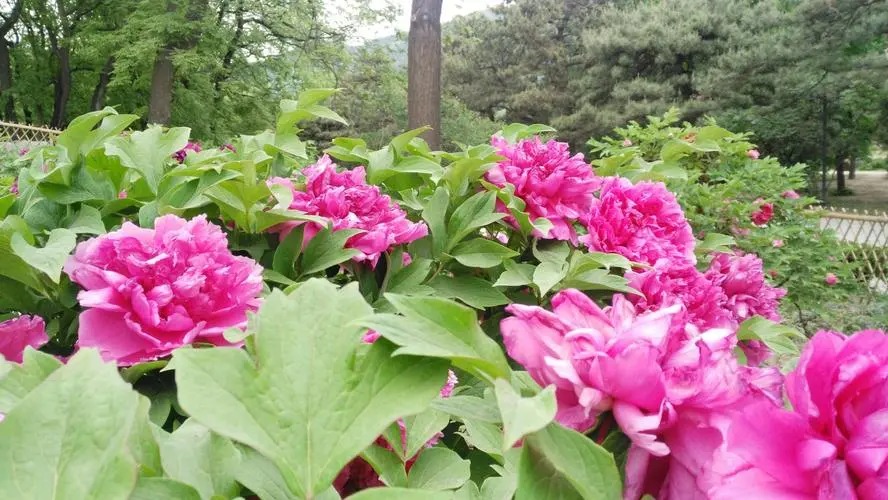
The Peony Garden at Beijing Botanical Garden is a stunning attraction that is particularly popular in the spring season. The garden is home to thousands of peonies of different colors and varieties, ranging from bright pinks and reds to delicate whites and yellows. The peonies are carefully arranged in various patterns and designs, creating a spectacular display of natural beauty. Visitors can stroll along the pathways and admire the colorful blooms, take photos, and learn about the history and cultivation of peonies in China.
Bonsai Garden

The Bonsai Garden at Beijing Botanical Garden is a beautiful and serene space that showcases a collection of meticulously maintained bonsai trees. Bonsai is a traditional Chinese art form that involves cultivating small trees that mimic the shape and scale of full-sized trees. The Bonsai Garden features various species of bonsai, including pine, maple, and juniper, with some trees being over a hundred years old. Visitors can admire the intricate details and shapes of the bonsai trees, learn about the history and techniques of bonsai cultivation, and even purchase bonsai-related souvenirs.
Greenhouse Display Area
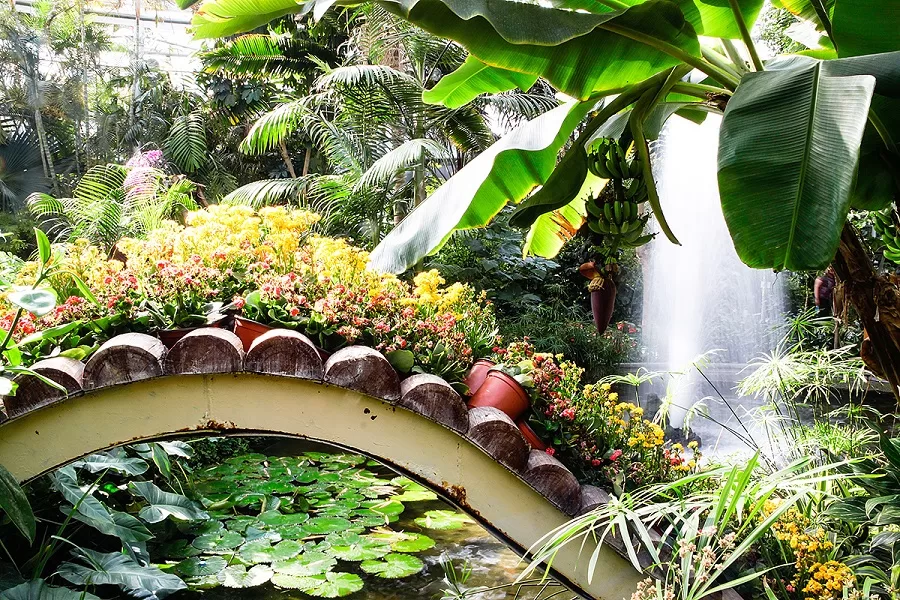
The Greenhouse Display Area at Beijing Botanical Garden is an indoor exhibition space that showcases plants from different climate zones around the world. The area is divided into different sections, each representing a specific type of environment, such as deserts, tropical rainforests, and alpine regions. Visitors can explore the various zones, learn about the unique characteristics of each environment, and observe the different plant species that thrive in those areas. The Greenhouse Display Area is a great educational resource for anyone interested in botany, ecology, or environmental science, and provides a fascinating glimpse into the diversity of plant life across the globe.
Cherry Blossom Avenue
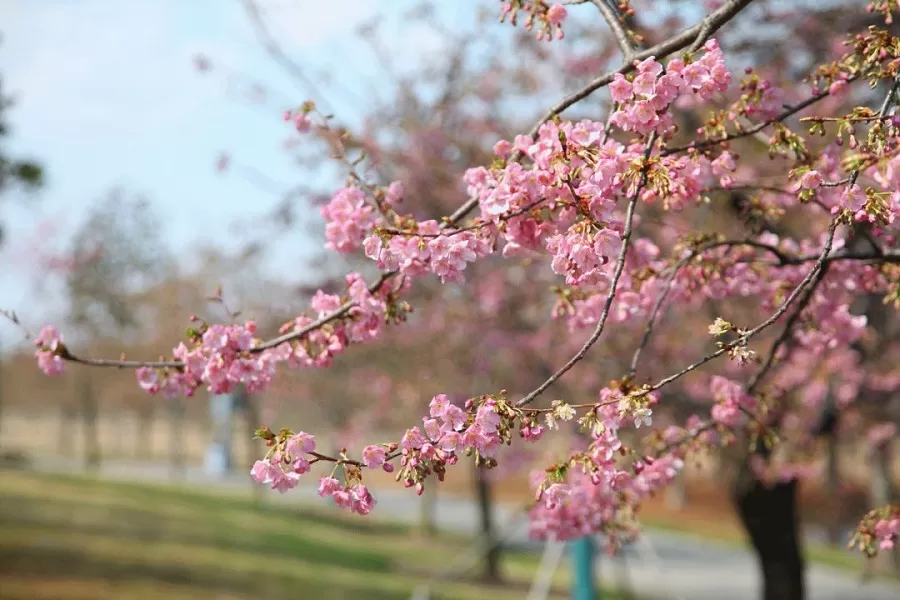
Cherry Blossom Avenue is a scenic pathway located in Beijing Botanical Garden, which is lined with hundreds of cherry blossom trees. The avenue is particularly popular in the spring season when the cherry blossoms are in full bloom, creating a spectacular sight of pink and white petals. Visitors can take a leisurely stroll along the pathway, admire the beautiful blossoms, and take stunning photographs. The avenue is also home to various events and festivals, such as the Cherry Blossom Festival, which celebrates the arrival of spring and the beauty of nature.
Chrysanthemum Garden
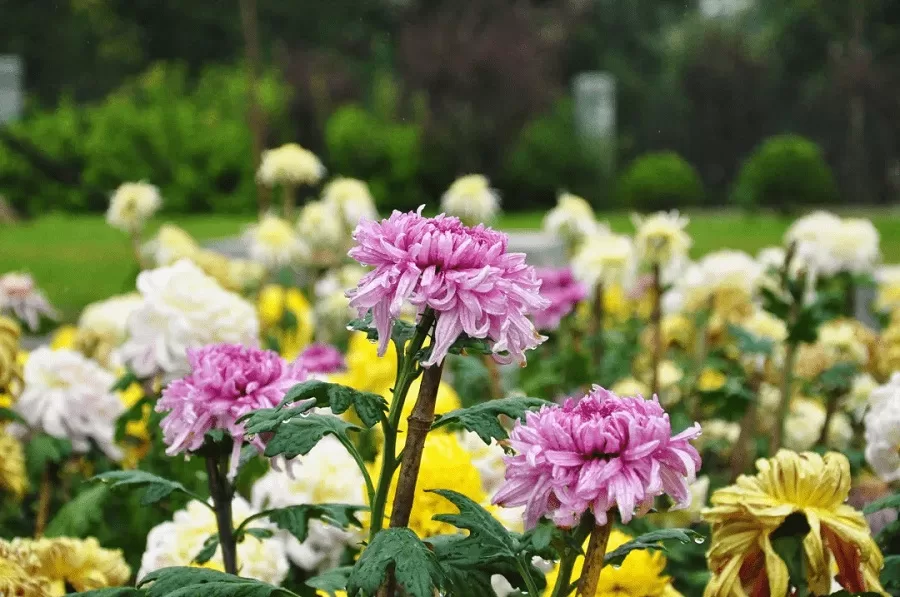
The Chrysanthemum Garden is a beautiful section of the Beijing Botanical Garden dedicated to showcasing various species of chrysanthemums. The garden covers an area of 100,000 square meters and features over 1,000 varieties of chrysanthemums, including rare and exotic species. Visitors can wander through the garden, admiring the vibrant colors and intricate designs of the flowers. The Chrysanthemum Garden is particularly beautiful in the fall when the flowers are in full bloom, and the colors are at their most vibrant. The garden also hosts an annual chrysanthemum exhibition in November, featuring hundreds of varieties of the flower.
Wofo Temple
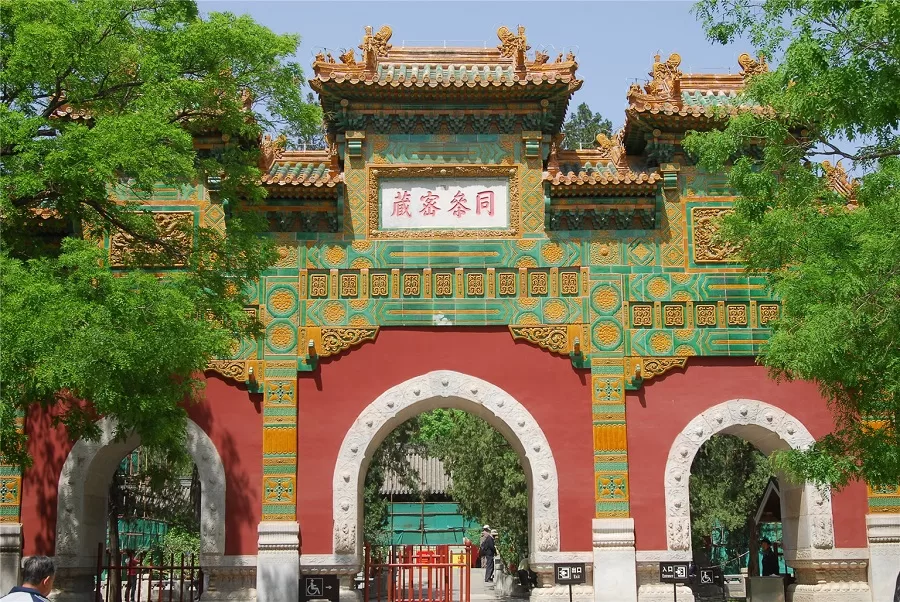
Wofo Temple is a beautiful temple located within the Beijing Botanical Garden. Built during the Ming Dynasty, the temple is renowned for its unique architecture and beautiful surroundings. The temple features a large statue of the Maitreya Buddha, which is carved from a single piece of white sandalwood and stands over 7 meters tall. Visitors can explore the temple’s beautiful gardens, which feature intricate designs, beautiful landscaping, and serene water features.
Vlog about Beijing Botanical Garden
Useful Tips Summarized from Reviews
Understanding the Difference Between South and North Gardens: The Beijing Botanical Garden consists of two main sections: the South Garden, formerly the Chinese Academy of Sciences Botanical Research Institute, and the North Garden, formerly the Beijing Botanical Garden. The South Garden is smaller but particularly beautiful in the summer, while the North Garden is larger and more suitable for first-time visitors.
Visitor Center at the South Gate of the North Garden: Near the south gate of the North Garden, there’s a visitor center where you can rent power banks, borrow wheelchairs (with a 500 RMB cash deposit), and find a cultural and creative shop. The tourist shuttle bus for the North Area also departs from here (one-way fare: 20 RMB), with its final stop at the Wofo Temple archway.
Park Regulations and Amenities: Picnic mats, tents, hammocks, and smoking are not allowed in the garden. However, there are plenty of resting areas scattered throughout the park, and small shops selling water and snacks are readily available. Be prepared for slightly higher prices at these shops.
Avoiding Crowds on Weekends: Weekends tend to be crowded, so if possible, it’s best to avoid visiting on Saturdays and Sundays. If you must visit on a weekend, try to arrive early when the park opens at 8:30 AM to enjoy a quieter experience.
Other Parks in Beijing

Tuanjiehu Park – famous for its serene lake

Zhongshan Park – commemorating Sun Yat-sen

Chaoyang Park – a sprawling urban oasis

Zizhuyuan Park – famous for bamboo groves
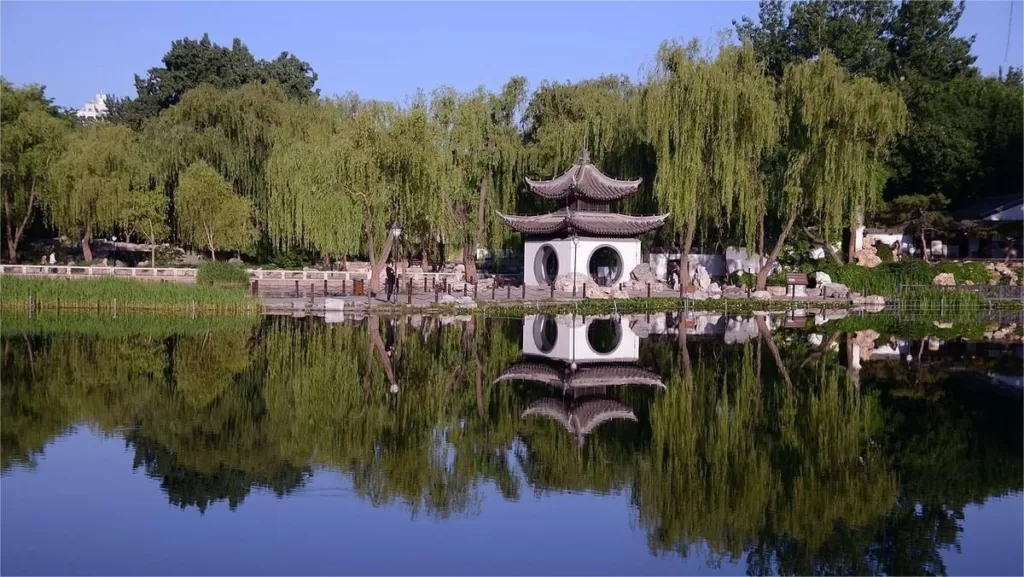
Taoranting Park – historic pavilions and bridges
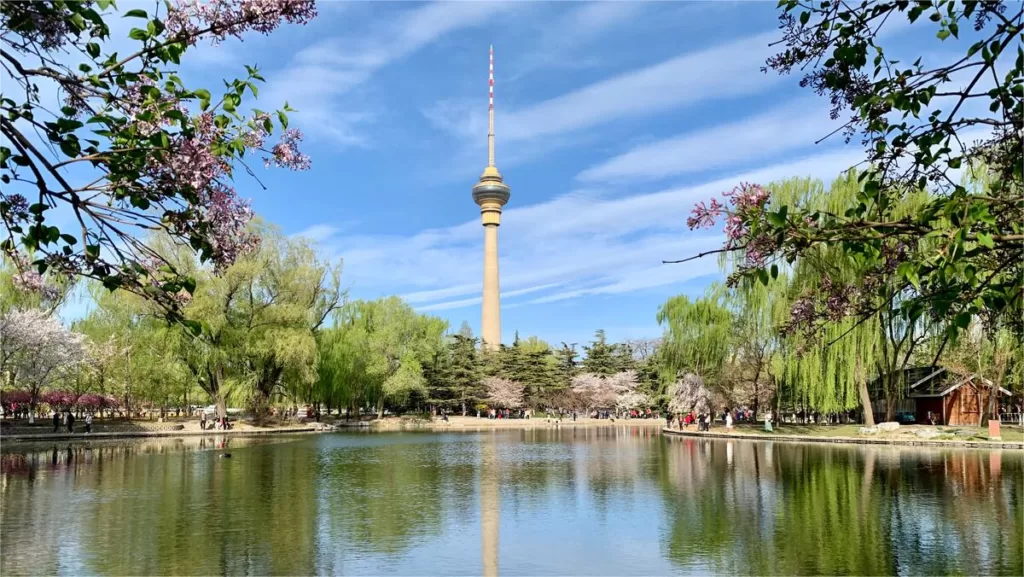
Yuyuantan Park – known for its cherry blossom